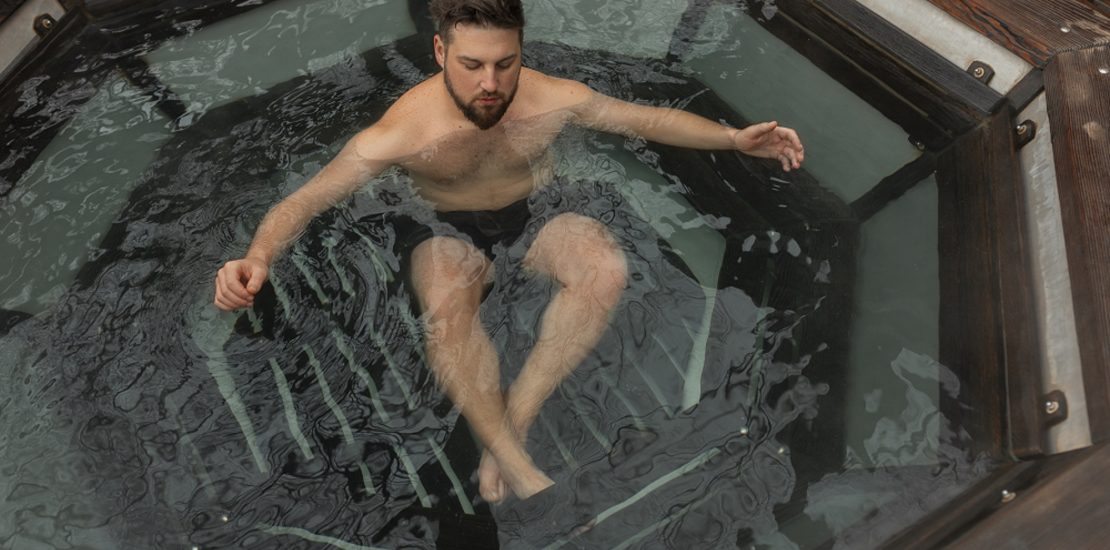Understanding Cold Plunges and Saunas
In the realm of fitness and athletic performance, recovery is as crucial as the workouts themselves. Two popular recovery methods are cold plunges and saunas. Cold plunges involve immersing your body in icy water, typically ranging from 50 to 59 degrees Fahrenheit. This practice is believed to reduce muscle soreness and inflammation, helping in faster recovery.
Saunas, on the other hand, use dry heat to promote relaxation and detoxification. Temperatures in a sauna range between 150 to 195 degrees Fahrenheit. The heat induces sweating, which may help flush out toxins and relax muscles after body transformation.
While both methods aim to aid recovery, they function through different mechanisms that cater to distinct needs. Understanding the difference between cold plunges and saunas can help you choose the right method for your recovery goals. Whether seeking reduced muscle soreness, stress relief, or improved circulation, both offer a range of benefits that can be tailored to individual needs.
The Science Behind Recovery: How Cold Therapy Works
Cold therapy, often termed cryotherapy, is grounded in the body’s physiological response to cold temperatures. When you immerse yourself in cold water, your blood vessels constrict—a process known as vasoconstriction. This reaction reduces inflammation and swelling, which are common after intense body transformation and physical activity.
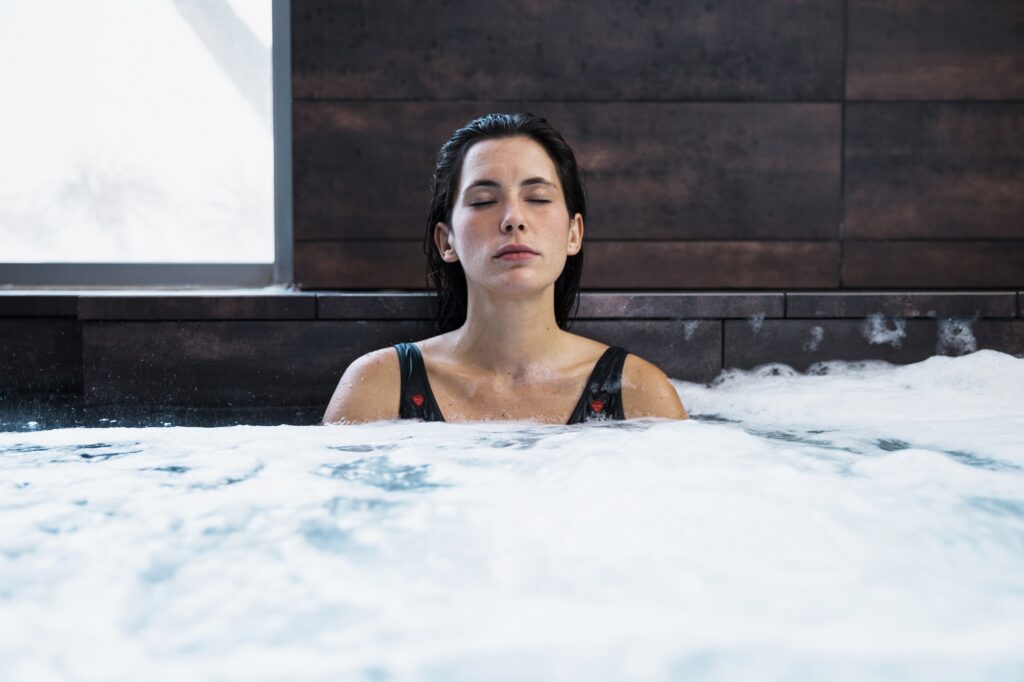
As your body returns to normal temperature, the blood vessels dilate, promoting improved circulation. This enhanced blood flow delivers oxygen and nutrients to the muscles, facilitating repair and recovery.
Beyond physical benefits, cold therapy also activates the parasympathetic nervous system, promoting relaxation and reducing stress. Scientific studies highlight its effectiveness in reducing delayed onset muscle soreness (DOMS). Regular exposure to cold water may also boost the body’s resilience to stress and enhance mental fortitude—valuable traits for athletes and fitness enthusiasts.
Benefits of Cold Plunges for Athletes and Fitness Enthusiasts
For athletes and fitness enthusiasts, cold plunges offer a range of physiological and psychological benefits. The immediate cooling effect helps alleviate muscle soreness and fatigue, allowing for more consistent body transformation and training sessions. This is especially helpful for those engaged in high-intensity or endurance training, where fast recovery is crucial.
Cold plunges also reduce the risk of injury by minimizing inflammation and supporting muscle repair. Additionally, they trigger the release of endorphins—natural pain relievers that enhance mood and reduce discomfort. This mental boost is often as valuable as the physical recovery benefits.
Regular cold exposure may also strengthen the immune system by increasing white blood cell count, helping the body defend against illness—an important advantage for maintaining peak performance.
The Role of Saunas in Muscle Recovery and Relaxation
Saunas have long been valued for promoting relaxation and supporting muscle recovery. The high temperatures elevate heart rate, similar to moderate exercise, which over time may enhance cardiovascular health. Improved circulation helps deliver nutrients and oxygen to muscles, aiding in recovery.
The heat also relaxes muscles and eases tension, which is especially beneficial after strenuous workouts. It can relieve joint pain and stiffness, providing a soothing effect that complements physical recovery. Sweating during a sauna session may also support detoxification by helping flush out impurities from the body.
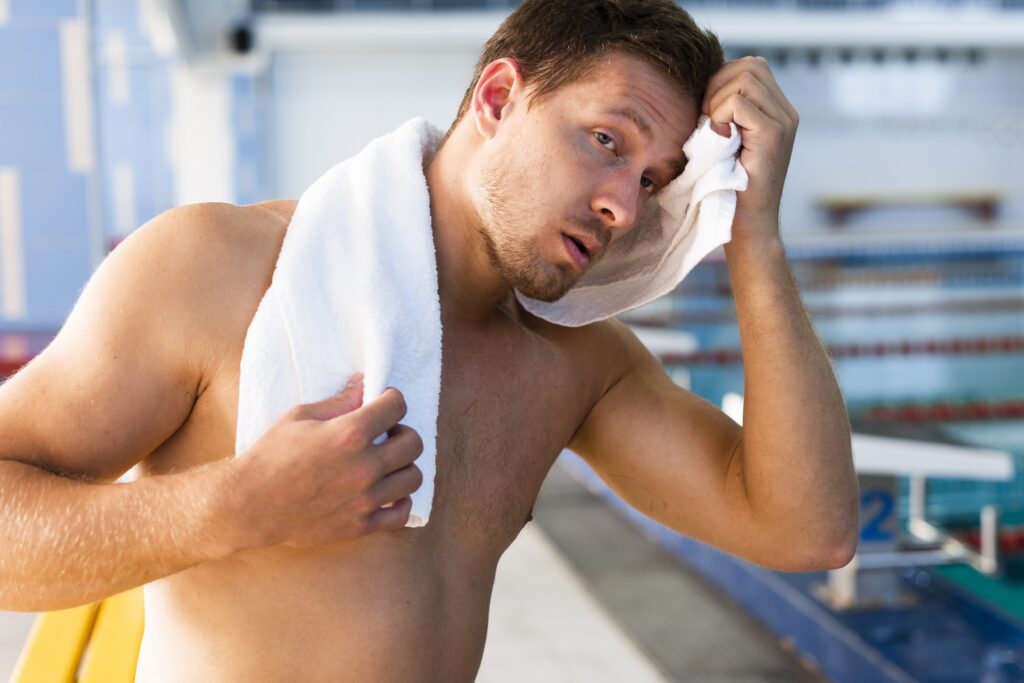
Mentally, saunas offer a calming environment that encourages stress reduction and mental clarity. Regular sauna use can also improve sleep quality—a crucial factor in recovery and overall health.
Incorporating Cold Plunges and Saunas into Your Recovery Routine
Integrating cold plunges and saunas into your recovery routine can significantly enhance your fitness journey. Start by considering your specific recovery needs. If immediate relief from muscle soreness is your priority, cold plunges may be the better option. For relaxation and long-term muscle health, saunas can be more beneficial.
A balanced approach is to include both methods in your routine. You might use cold plunges after workouts and reserve sauna sessions for rest days. This allows you to gain the full range of benefits from both cold and heat therapy. Stay well-hydrated before and after sessions to support recovery and prevent dehydration.
Introduce these practices gradually to let your body adapt. Adjust the frequency and duration based on how you feel. This personalized approach helps ensure you get the most from your recovery routine.
Best Practices for Effective Cold Plunge Sessions
To get optimal results, start by gradually acclimating your body to cold temperatures. Begin with short durations of 2-3 minutes and increase as your tolerance improves. This reduces shock and lowers the risk of adverse reactions.
Timing matters, cold plunges are most effective immediately after exercise to reduce inflammation and promote recovery, but they can also be used anytime for mental clarity and stress relief. Keep the water temperature between 50- and 59-degrees Fahrenheit to ensure the desired effects. Focus on your breathing during the plunge. Deep, controlled breaths help calm your nervous system and enhance the therapeutic benefits, promoting relaxation and maximizing recovery.
Maximizing Sauna Benefits: Tips for Optimal Use
To maximize sauna benefits, start with shorter sessions of 10-15 minutes and gradually increase as your body adjusts. This helps prevent overheating and ensures comfort.
Stay hydrated before, during, and after your session. High temperatures cause sweating, which can lead to dehydration if fluids aren’t replenished. Water or electrolyte drinks are best for maintaining hydration.
Use sauna time for mindfulness and relaxation. Deep breathing or meditation can enhance mental benefits, reduce stress, and improve overall well-being alongside physical recovery.
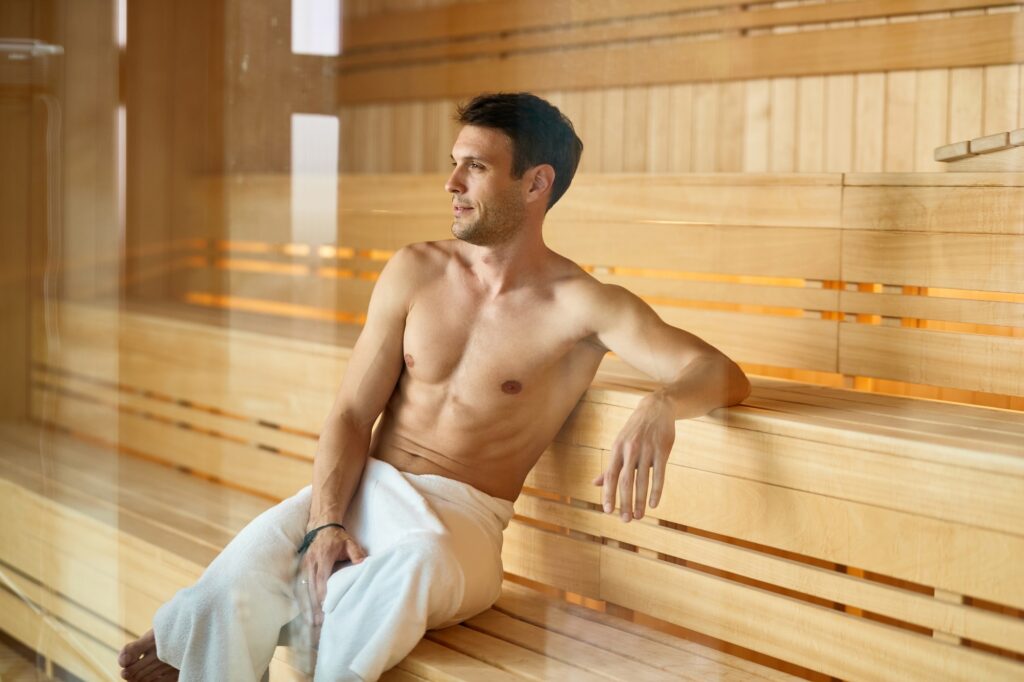
Conclusion
Both cold plunges and saunas offer valuable and distinct benefits for recovery. Understanding the science and practical uses of each can help you tailor your routine to your needs. Whether you focus on one or use both, finding a balance that supports your fitness and well-being is key.
Experiment with different combinations and listen to your body to see what works best. A well-rounded recovery strategy that includes cold and heat therapy can enhance performance, reduce injury risk, and improve overall health. Consistency and personalization are essential for effective recovery.

